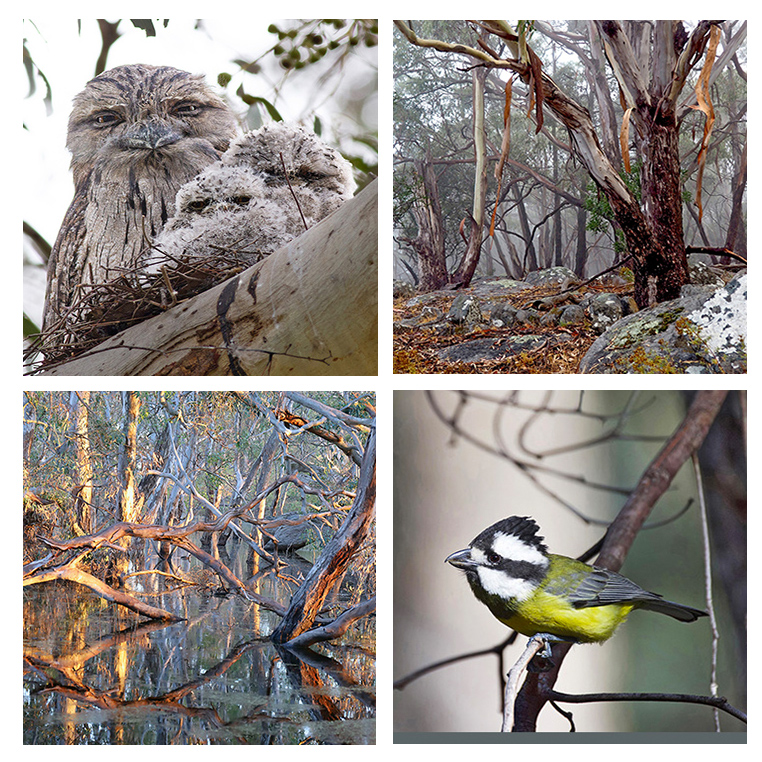Calls for more ‘fuel reduction burns’ have been insistent for years, particularly since the Black Saturday fires which burned over 2,100 homes and killed 173 people. The pressure for more management burns culminated in the Royal Commission’s recommendation that at least 5% of the public land estate be burned every year.
Most conservation organisations, including FOBIF, questioned the value of this policy, accurately predicting that it would force land managers to mindlessly burn vast tracts of country causing significant environmental damage with no improvement to public safety.
Now new research by the Australian National University seems to back up most of this case. Researchers looked at the homes destroyed on Black Saturday and assessed what had been the main factors contributing to their destruction.
The research showed that prescribed burning was only half as effective at protecting houses as clearing vegetation around buildings.
On ABC radio on January 19 ANU’s Dr Philip Gibbons said: ‘Prescribed burning is not the silver bullet that some people suggest it is… When the weather gets up to the extremes that we experienced on Black Saturday then we know that…the effect of prescribed burning becomes diminished…Prescribed burning is typically done distant from houses…The average distance from a house of prescribed burning on Black Saturday was eight kilometres. But we found that at that distance from houses prescribed burning had virtually no effect in terms of protecting houses.’
The researchers also looked at the effects of logging in making forests less flammable.
In Dr Gibbons’ words: ‘We found that indeed a house that is close to forest is at greater risk. But it didn’t matter if that forest was national park or state forest that was managed for logging. In other words logging had no effect in terms of protecting houses on Black Saturday. They take out all the really big logs. They take out the trunks of trees and they leave the leaves on the ground. They leave the fine fuels, okay. So they’re the ones that contribute to the intensity of the fire.
‘And also if you log an area heavily you end up with a young forest that’s very dense and that can also add to the fuel in a forest. It’s like having a big thick layer of shrubs in the forest and the crowns are all connected. ‘
The full ANU research report, ‘Land Management Practices Associated with House Loss in Wildfires’, can be found here.




 Click on image for info/order page
Click on image for info/order page Click on image for info/order page
Click on image for info/order page Click on image for info/order page
Click on image for info/order page





















